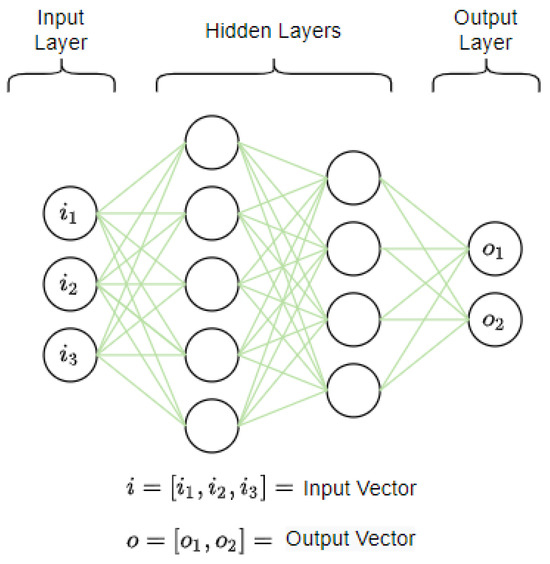Feature Paper Collection: Energy and Buildings
A topical collection in Energies (ISSN 1996-1073). This collection belongs to the section "G: Energy and Buildings".
Viewed by 3828Editors
Interests: computational intelligence and evolutionary computation; fuzzy systems; fuzzy control and modelling; fuzzy cognitive maps and petri nets in decision support systems; intelligent control; time series prediction; automation systems in renewable energy resources; intelligent energy management systems and smart buildings; design and management of autonomous smart micro grids; power electronics in photovoltaic systems; control electrochromic devices; modelling and control of reverse osmosis desalination
Special Issues, Collections and Topics in MDPI journals
Interests: sustainability; thermal behaviour and energy efficiency of buildings; lightweight steel framed (LSF) construction; construction safety management; boundary elements method
Special Issues, Collections and Topics in MDPI journals
Topical Collection Information
Dear Colleagues,
We are delighted to invite you to contribute a research or review paper for this Collection on reducing the energy needs of buildings, improving building energy efficiency, and improving how energy is managed in buildings. The main topics are presented below:
- Solar and other renewable energy sources in buildings;
- Intelligent buildings;
- Data science (AI, machine learning) for building energy management;
- Zero-energy, low-energy, and carbon-neutral buildings;
- Life-cycle energy efficiency of buildings and embodied energy;
- Life-cycle assessment (LCA) of buildings;
- Building physics as applied to energy;
- Energy consumption in buildings;
- Building energy demand management;
- District heating and cooling;
- Heat recovery systems for buildings;
- Building energy storage;
- Lighting and other factors related to energy;
- Smart energy scheduling in hospitals and public buildings.
Prof. Dr. Anastasios Dounis
Dr. Paulo Santos
Guest Editors
Manuscript Submission Information
Manuscripts should be submitted online at www.mdpi.com by registering and logging in to this website. Once you are registered, click here to go to the submission form. Manuscripts can be submitted until the deadline. All submissions that pass pre-check are peer-reviewed. Accepted papers will be published continuously in the journal (as soon as accepted) and will be listed together on the collection website. Research articles, review articles as well as short communications are invited. For planned papers, a title and short abstract (about 100 words) can be sent to the Editorial Office for announcement on this website.
Submitted manuscripts should not have been published previously, nor be under consideration for publication elsewhere (except conference proceedings papers). All manuscripts are thoroughly refereed through a single-blind peer-review process. A guide for authors and other relevant information for submission of manuscripts is available on the Instructions for Authors page. Energies is an international peer-reviewed open access semimonthly journal published by MDPI.
Please visit the Instructions for Authors page before submitting a manuscript. The Article Processing Charge (APC) for publication in this open access journal is 2600 CHF (Swiss Francs). Submitted papers should be well formatted and use good English. Authors may use MDPI's English editing service prior to publication or during author revisions.








